Is it safe to travel to Iran? An Ultimate Guide
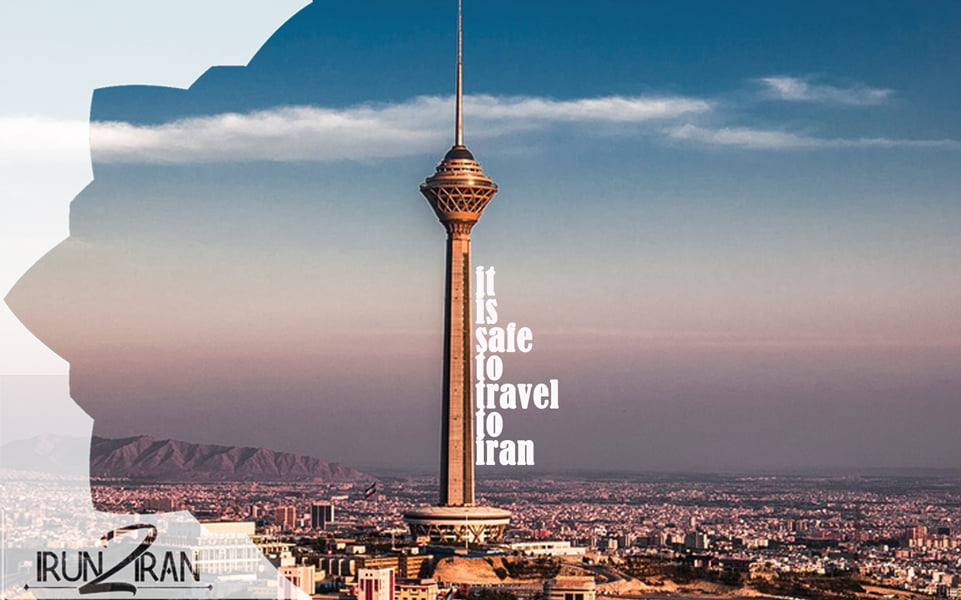
Are you looking forward to travel to Iran or cross Iran by your vehicle? Then you should have a clear understanding about the safety of the country to make an accurate decision and proceed with your travel plan.
The first question you’ll be asked when you confess you are planning a trip to Iran is usually “is it safe to travel to Iran?” And, really, it is not a rare question seeing how the media normally demonize this country. In the travel reviews, a vast majority of travelers returning from Iran strongly affirm that yes, it is safe to travel to Iran.
When you finish reading this article you will have no doubt that you only need to apply for your Iran visa to travel quietly to Iran.
Should we trust all the media releases about safety in Iran?
When you take a look at media, you can see an engineered picture projected about the tension that exists in between United States and Iran. There is no such issue like that at all. In other words, a war will never break out in between these two countries in the near future. Therefore, you don’t need to worry about such issues when you are making the decision to visit Iran. You will be provided with the chance to enjoy your time in Iran and get the most out of the visit as well as feeling quite safe. Or else, you can cross Iran with your vehicle and reach your destination safely.
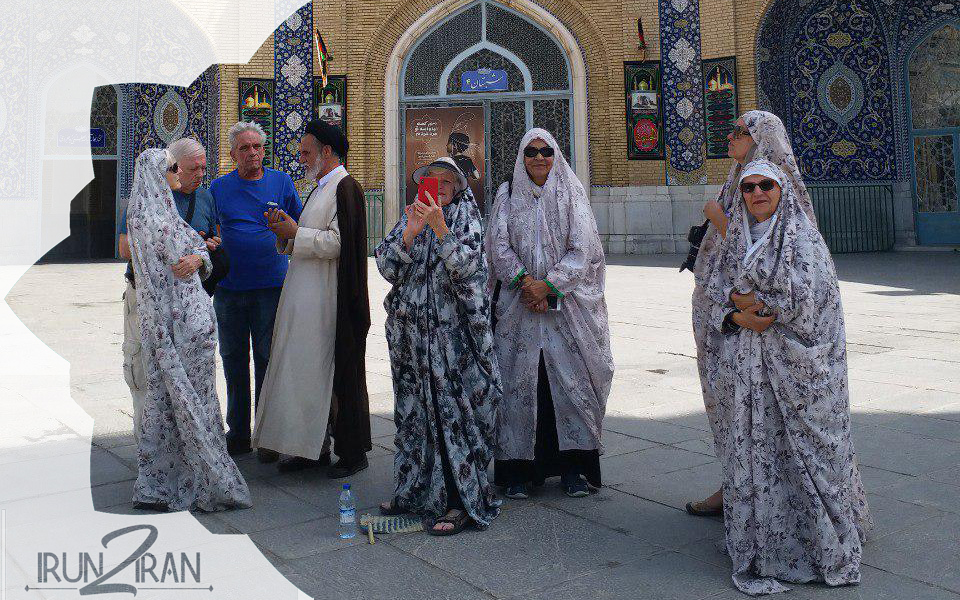
Is it safe to fly to/over Iran?
In fact, the most important issue for every passenger is security and safety of flight. After airlines reacted to this country tensions by rerouting flights, now again they decided to come back. So still and as always flying is considered as the best and safest way of traveling to Iran.
If you decide to fly to Iran, book your seat on one of these airlines. Turkish and Pegasus Airlines have daily flights to/from Tehran. Turkish Airlines operates daily flights to/from other cities in Iran than the capital. So, you can choose Shiraz, Isfahan or some other cities to enter Iran. Qatar Airways, Emirates, Aeroflot, Salam Air and China Southern are some other airlines operating several flights to Iran.
Is it safe to travel across Iran in your own vehicle?
Even if ban for flights may happen, it doesn’t mean that you cannot travel across the country in your own vehicle. You have all the freedom to travel across Iran in your vehicle.
Iran is safe to travel, but that doesn’t mean you should forget the precautions. One of the main ones in Iran is to be very attentive to traffic. Pay attention to traffic, since the drivers are not always attentive to you. In the main cities the traffic can be chaotic and, in the suburbs, it is normal to find roads in bad condition full of holes. But after all, Iran is a fascinating country with countless things happening around you at all times. A beautiful mosque, a colorful fruit shop, someone who invites you to have a tea … Do not lose any detail about it.
In other countries it is advisable to drive on your own, but in countries like Iran it is better to let someone who already knows the terrain take you.
Do you know that to enter Iran you need to have Carnet de Passage en Duane. Read an ultimate guide about crossing Iran overland to know all dos and don’ts.
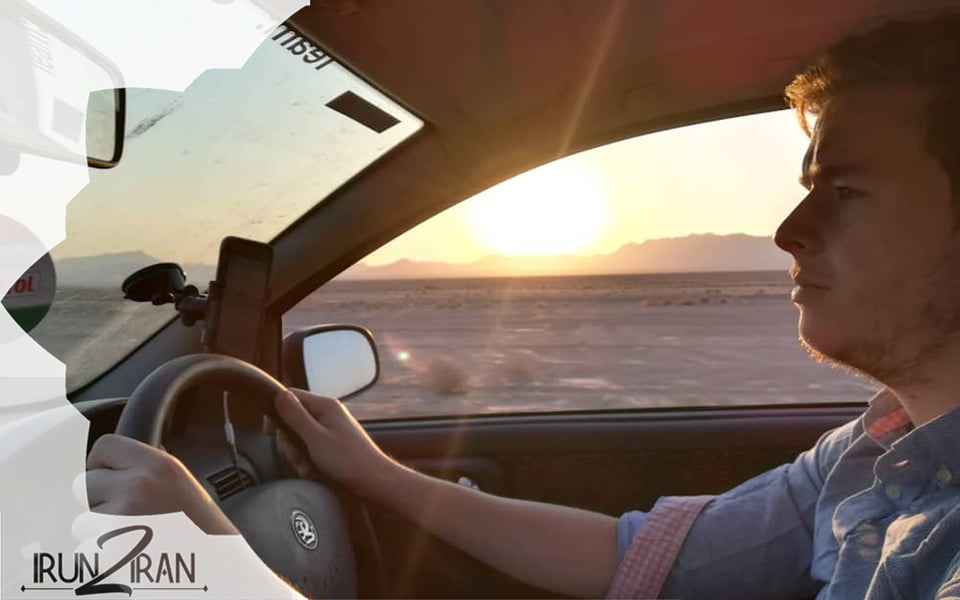
Is it safe to travel solo in Iran? Or should I book a travel package?
Iran is home to the most hospitable people who like to help more than to be a treat for the travelers’ safety. In Persian culture, guests are considered as “the friend of God” who should be taken care of and be respected. While spending your time in Iran, you will feel safe when facing many smiling people who like to invite you to their homes and share food with you. You don’t need to worry about anything in terms of your safety while you are traveling solo in Iran until you follow the common safety guidelines and respect the rules. Book your travel services and go ahead.
But taking tours is always the best method of exploring a country. A well-designed Iran travel package will show all the highlights of this country by planning your days professionally to waste less but see more.
If you think a travel package cannot be affordable for your budget, try the economy class budget Iran tours in which the local guides of each city will show you the bests of their hometown. That is nothing better than it, pay less and explore professionally.
Explore Iran Travel Packages?
Is it safe to travel as a female in Iran?
This is probably the first question that comes up when you think about traveling to Iran as a solo woman, so let’s talk about it!
Violence against foreign women is almost unprecedented in Iran. In your journey, you will be surprised by the number of women traveling alone without worries or without encountering any difficulties.
However, if you are a woman and you are traveling to Iran, you must comply with a code of rules and respect (even if you disagree) the customs and beliefs of this country. The first and most important rule for the women exploring Iran is to cover your hair and make sure your dress is respectful of Islamic law. However, this rule is not as strict as what you have in mind. Read more about the dress code in Iran and don’t miss the article about solo female traveler in Iran.
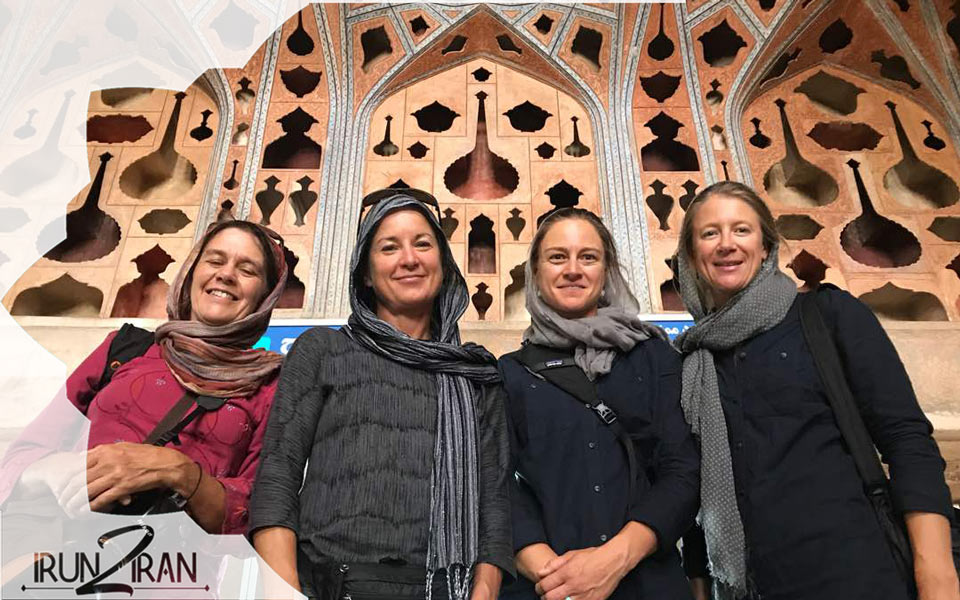
How’s Iran safety for an American or British tourist?
It is pretty common to see American tourists who fall in love with Iran after they finished visiting the country. Being under the influence of all media bad news, you as a US, UK and CA citizen will be shocked when face Iranian good manner and behavior. Iranians always welcome tourists from other nationality. Read US citizen review after a visit to Iran.
Is it safe to travel to Iran as a US, UK and CA passenger? The answer is a big yes. The one and only rule for the Americans, British and Canadian passport holders is to go on an organized tour of Iran to be accompanied by a licensed Iranian tour guide for the entire trip.
Check Iran Tour Packages
Is it easy to get Iran visa?
There are basically two ways to get the visa. Making arrangements through a specialized travel agency or at the airport once we have landed.
Visa On Arrival
Most nationalities can get Iran visa on arrival. But for some reasons such as avoid wasting time at the airport and make sure your arrival to Iran is guaranteed, it is suggested to request the help of one of these agencies to obtain the authorization code.
To obtain the visa upon arrival at the airport, you need to have the below documents:
- Filled-out application form
- Two passport photographs (women do not need to be veiled)
- Travel insurance
- Visa payment in cash (about 50-80 EUR)
- A passport with minimum six months validity and three free pages
- Return ticket
- Proof of hotel reservation
Iran Visa Application
The most recommended method to get Iran visa is to arrange it before through an Iran-based travel agency. Contact a reliable travel service provider in Iran and get your LOI in 2 working days. Be noted that the process may be different for the US, UK and CA nationals. After that you can collect the visa from an embassy or get your visa stamped in the airport of your entrance to the country.
All the documents you need to provide the agency are:
- Filled-out application form
- Passport scan
- Passport-size photo
- Visa application payment (15 EUR)
Keep in mind that the passport does not have an Israeli stamp. If this is the case, you can always renew the passport.
Do I need a travel Insurance in Iran? Mandatory travel insurance for Iran
If your fears about the country are related to possible diseases, do not worry. In that regard it is also safe to travel to Iran. In fact, there is no mandatory vaccine to travel Iran. Visit your doctor a few weeks before and let him recommend you based on your medical history, but without major concerns.
What you are going to need to get your visa is to get travel insurance. It is a necessary requirement without which you will not be able to enter the country. At Irun2Iran we offer travel insurance for Iran that is totally in line with your needs.
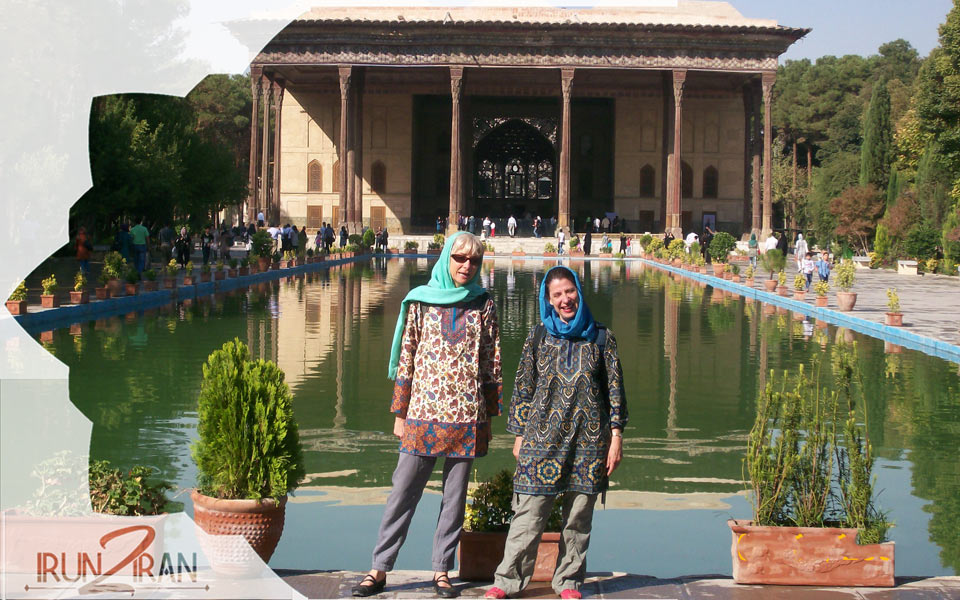
Are you doubtful yet? We help you with some method to make sure Iran safe
Social Media
Nowadays, the world has transformed into a global village with people just one click away. Social media has become the essential factor in everyone’s daily life. Check the Instagram feeds for the first hand news from the people who have recently visited Iran. They will be your trusted resource of the most UpToDate information. Check the Instagram and Facebook pages of Irun2Iran where we update all you need to know about traveling to Iran.
Travelers’ Review
As the next option, you can do some research on the internet and figure out reviews left by travelers who visited Iran in the recent past. When you are going through the reviews, you will understand that the entire country is safe and you will be able to enjoy a peaceful stay. Check the reviews by Irun2Iran previous clients.
Travel Risk Map, a good proof to safety
In order to justify the claims, we thought of referring to the Travel Risk Map of 2020. This website is classifying countries based on numerous factors. Political violence is one of the strongest factors out of them. Other factors that contribute towards rankings include social unrest and crimes. This map is managed by worldwide risk experts on internet travel to mitigate risks. These experts have identified Iran as a medium risk country. Other countries that belong to medium risk category include Brazil, Indonesia, Russia and Turkey. As you can see, there is no need to worry about anything before you visit the medium risk countries.
When you take a look at the position of Iran in this map during 2019, you will notice that Iran has been safe as Europe. It has been a low risk destination. In 2020, Iran is safe country for you to visit and you will be provided with the opportunity to enjoy every single moment that you spend.
Governments Websites
You can also check for travel alerts provided by the governments; however, you should be wise that those may be politically motivated.
- French Ministère des Affaires Étrangères et Européennes (www.diplomatie.gouv.fr/fr/conseils-aux-voyageurs)
- Italian Ministero Degli Affari Esteri (www.viaggiaresicuri.mae.aci.it)
- Australian Department of Foreign Affairs & Trade (www.smartraveller.gov.au)
- New Zealand Ministry of Foreign Affairs & Trade (www.safetravel.govt.nz)
- Canadian Department of Foreign Affairs & International Trade (www.voyage.gc.ca)
- UK Foreign & Commonwealth Office (www.gov.uk/foreign-travel-advice)
- US Department of State (www.travel.state.gov)
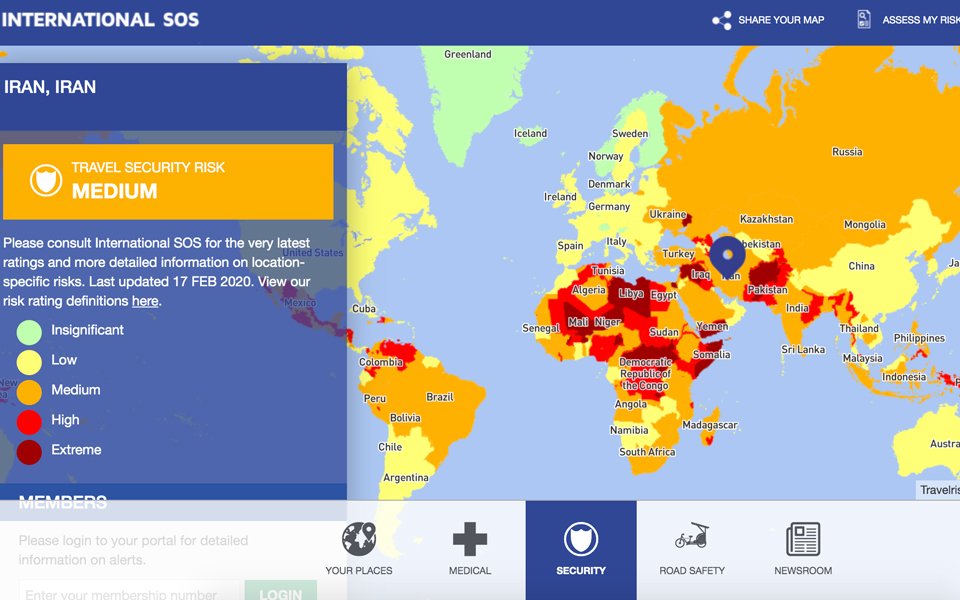
Emergency numbers you should know in Iran
Here are some emergency phone numbers recommended to save on your mobile phone while travel throughout Iran
- Local Police: 110
- Emergency Hospital Services: 115
- Fire and Rescue Team: 125
- Iranian Red Crescent Society: 112
After all, is Iran a safe country to visit?
Now you have a clear understanding to the question, it is safe to travel to Iran 2020. You don’t need to keep any doubts or second thoughts in your mind when you are visiting the country or crossing the country in your vehicle. Based on these details, you can proceed with your decision to travel to Iran. If you have any more question, don’t forget we are here to support and answer your questions, contact your Iran travel consultant.



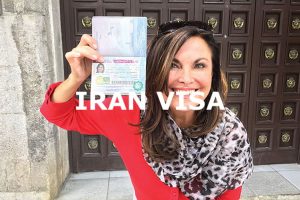
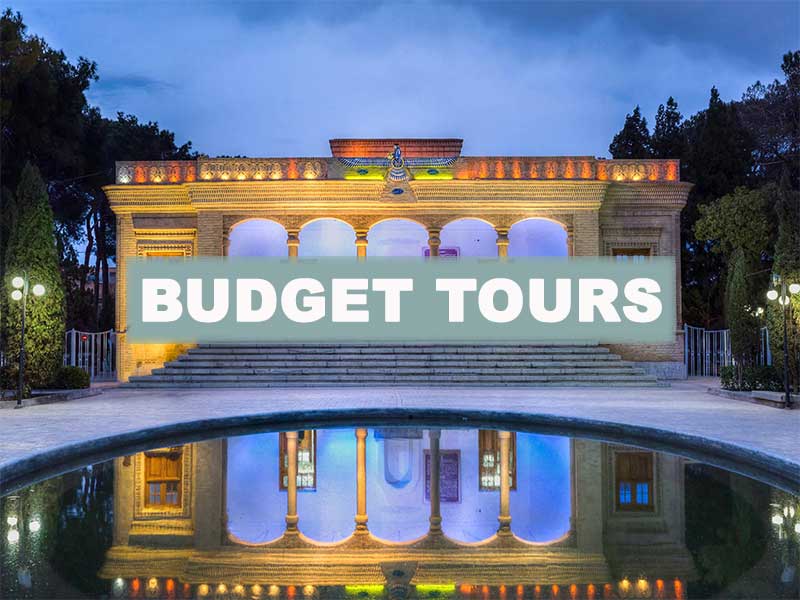

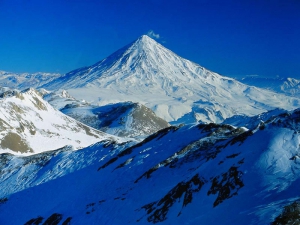



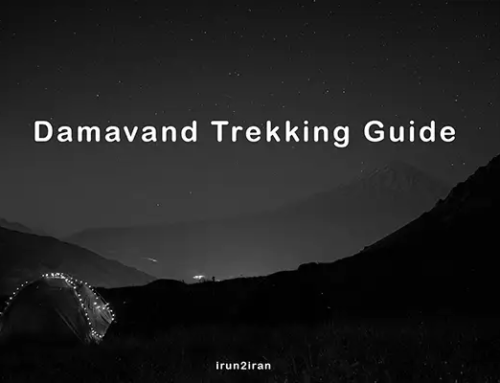
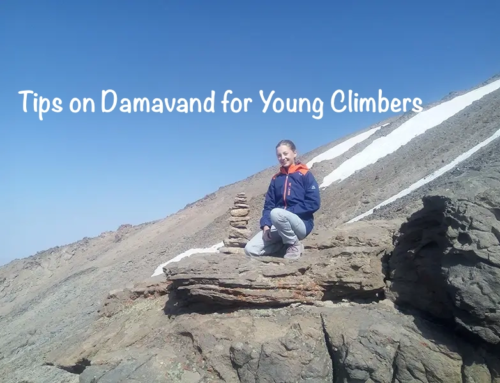
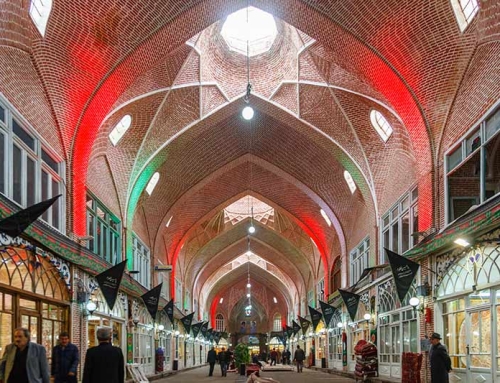
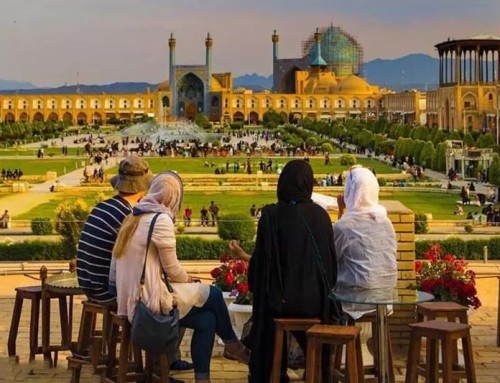
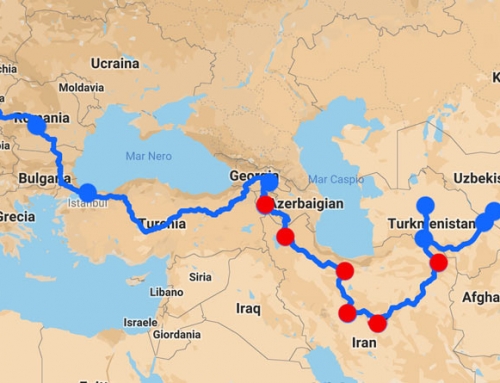

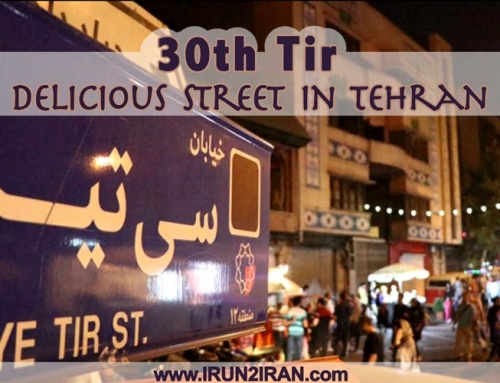
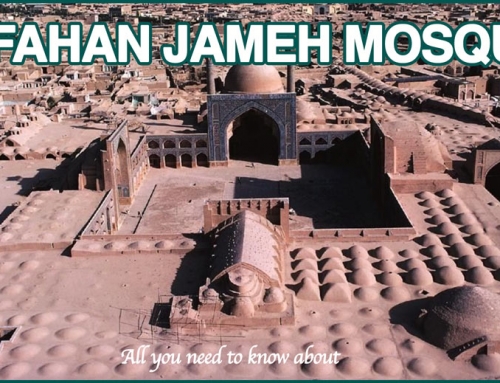
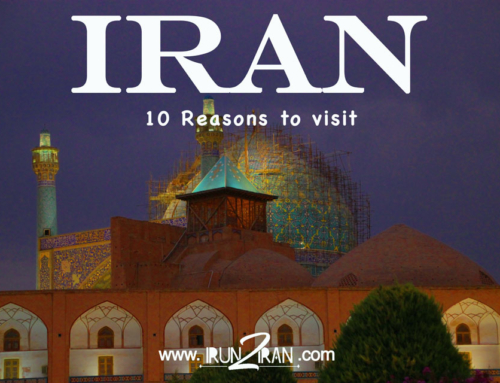
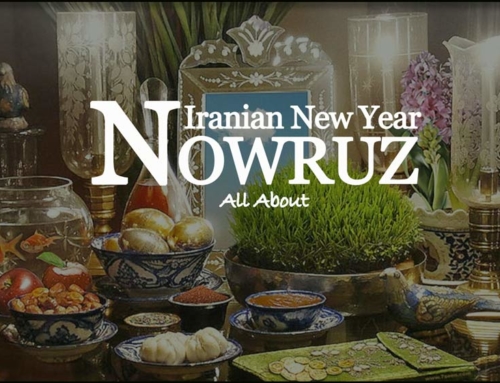
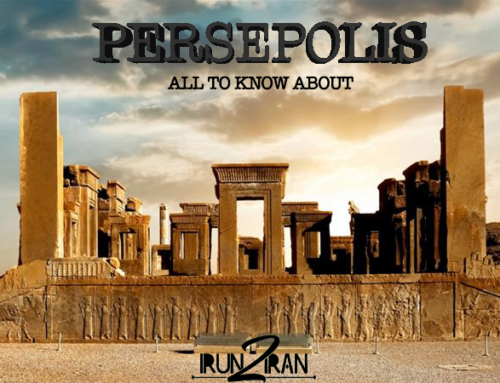
Leave A Comment